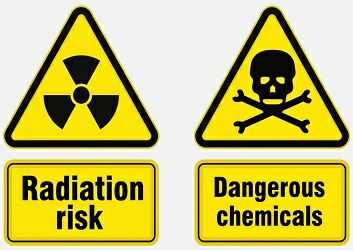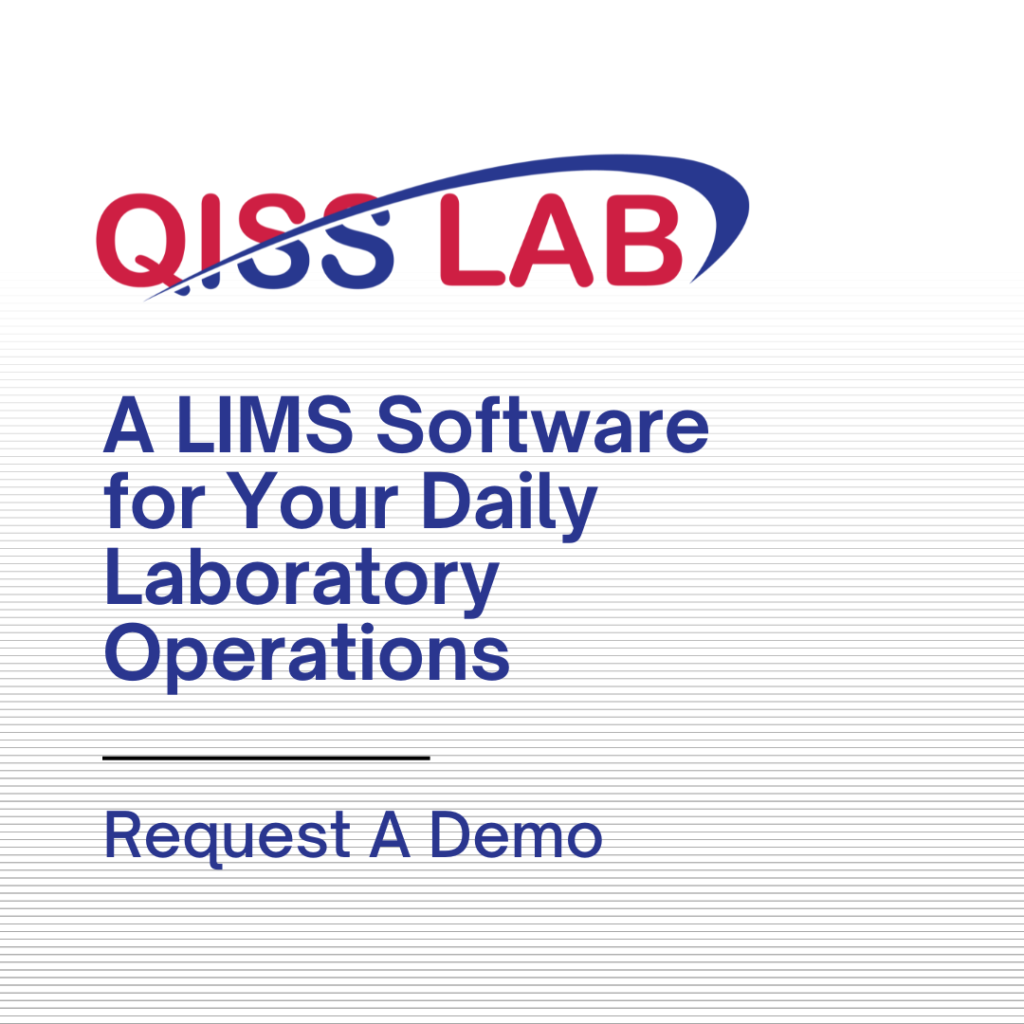A poor corrective action system can pose significant risks to an organization, hindering its ability to effectively address issues and improve over time. When corrective actions are not properly planned, implemented, or monitored, problems can persist, causing inefficiencies, safety hazards, compliance violations, and a decline in overall performance. These shortcomings can also lead to increased costs, lower quality, and damage to both employee morale and the organization’s reputation.
In the absence of a robust corrective action process, organizations miss crucial opportunities for improvement and innovation, ultimately compromising their long-term success.
Main Dangers with Ineffective Corrective Action System
Here are some of the main dangers associated with ineffective or weak corrective action systems:
- Recurrence of Issues: Without proper corrective actions, problems or mistakes are likely to reoccur. If root causes aren’t identified or adequately addressed, the same issues will persist, leading to inefficiency, frustration, and possibly customer dissatisfaction.
- Reduced Quality: A lack of effective corrective actions can result in a decline in the quality of products or services. This can affect both the internal processes and the reputation of the company, ultimately leading to lost customers or revenue.
- Increased Costs: Poor corrective actions can lead to increased operational costs, as the same issues may require repeated efforts to fix. Additionally, ineffective actions may cause delays, waste, or additional rework.
- Safety Risks: In some industries, especially those related to manufacturing, healthcare, or construction, inadequate corrective action systems can lead to serious safety hazards. Issues that are not properly corrected can result in accidents, injuries, or even fatalities.
- Compliance Violations: For organizations that need to adhere to regulatory standards (e.g., in healthcare, finance, or environmental protection), failure to implement corrective actions can lead to non-compliance. This can result in legal penalties, fines, or loss of certification.
- Loss of Employee Morale: When problems are not addressed in a timely and effective manner, employees may feel that their concerns are not valued. This can lead to disengagement, frustration, and reduced productivity, which harms the overall work environment and performance.
- Damage to Reputation: If issues continue without being effectively addressed, it can lead to a loss of trust among customers, partners, and the public. Negative reviews, social media backlash, or even news coverage of recurring problems can damage the brand and long-term reputation.
- Missed Opportunities for Improvement: A weak corrective action system limits the organization’s ability to learn from mistakes and continuously improve. If the corrective actions aren’t properly implemented, the organization misses opportunities to streamline processes, innovate, and become more efficient.
- Unclear Accountability: Poorly defined corrective action procedures can result in unclear accountability. Employees or teams may not take ownership of the problems, leading to finger-pointing and a lack of resolution. This undermines the culture of responsibility within the organization.
- Lack of Transparency: When corrective actions are not systematically tracked, there’s a lack of transparency. It becomes difficult to determine what actions were taken, by whom, and whether they were effective. This can create confusion, inefficiencies, and a lack of trust in the management system.
In summary, a poor corrective action system not only affects the immediate resolution of issues but also has far-reaching consequences in terms of costs, safety, quality, morale, and reputation. It’s essential for organizations to establish a strong, well-documented corrective action process to identify, address, and prevent issues from recurring.



